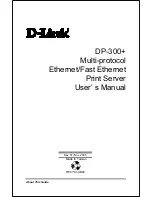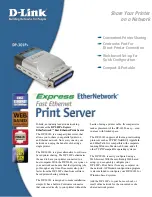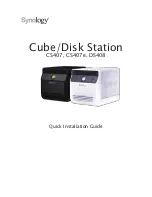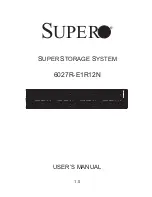
Operation Procedure
855-900547-200
3-3
Startup Flowchart
Step
Operation
1
Turn on the power distribution board.
2
Turn on the console PC.
3
Turn on the peripheral units excluded from power control via the main cabinet. Check that
they are turned on normally.
4
When the expansion cabinet is used, check that the AC switches in the expansion cabinet
are OFF. If not, turn them off.
5
When the expansion cabinet is used, turn on the AC power circuit breaker in the power bay
at the lower part of the rear of the cabinet. When the circuit breaker is mounted on both
power bays #2 and #3, turn on both of them in any order.
6
When the expansion cabinet is used, turn on the AC switches in the expansion cabinet.
AC SW1 and SW2 can be turn on in any order, but keep the switch off if the corresponding
power bay is not installed.
7
Check that the AC switches in the main cabinet are OFF. If not, turn them off.
8
Turn on the AC power circuit breaker at the lower part of the rear of the cabinet.
The duration of time from turning on the AC switch in the expansion cabinet is not specified.
The order of turning on the AC power circuit breaker in POWER BAY#0 and POWER
BAY#1 is not specified.
9
Turn on the AC switches in the main cabinet.
AC SW1 and SW2 can be turned on in any order.
10
On the SP console, enter:
login name: spfw
Password: nec
iSP Main Menu is displayed.
* The above login name and password are default settings. If you changed the password,
enter that password.
11
Enter “s” on the SP console (for selecting S) iSP commands on iSP Main Menu.
12
Press the ESC key on the SP console (for entering the SP command console).
13
Check BIOS DIPSW settings and settings in each mode.
Enter SP command “sg” on the SP console to check the settings for each OS.
See 3.4 AC-LINK (auto control) for what to be checked.
See 2.4.6.12 for the “sg” command.
14
Enter SP command “up” on the SP console (for turning on the DC power and initiating the
system startup procedure). See 2.4.6.15 for the “up” command.
[Remark]
When the initial system startup is complete, be sure to backup CMOS/NVRAM. It is the
responsibility of the user to backup CMOS/NVRAM. Use SP command “sr” for backup while the
EFI Boot Manager is active. See 2.4.6.13 for the “sr” command.
Summary of Contents for NX7700i/5040H-32
Page 19: ...xviii 420 422 ...
















































